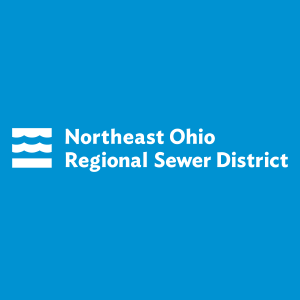Many states offer gifted and talented programs for students who show high achievement capability at school. At first glance, there seems to be no disadvantage to these programs. While there are benefits to them, there are also drawbacks. Let’s delve into both before making any assumptions.
There are multiple advantages to such programs. These include:
Big Fish in a Small Pond
Some pupils may have a better self-image. Being labeled intelligent can encourage children to study harder than their more “ordinary” peers. Plus, such status can boost children’s confidence. [1]
Gifted and Talented Programs Challenge Students
Many erudite children fall behind in ordinary classes. This is commonly mistaken for laziness, but nothing could be further from the truth. Children stuck in such classes will often get poor grades because they are bored (one famous example of this was a young Albert Einstein). Conversely, gifted and talented programs allow students to push themselves and compete with their classmates at a higher level.
Focusing on Creativity
One common mistake people often make is to assume that smart children can do everything well. Sometimes, intelligence comes in the form of a special subject such as music. Gifted and talented programs allow children to concentrate on their passions. For instance, a child who does not do well in math might be very talented in creative writing.
The disadvantages of these programs include:
Inadequately Trained Teachers
According to the Vittana.org, the qualifications for teachers in charge of these programs are determined at the district level. Districts rarely give teachers proper certification. “It happens… often that a teacher with no expertise is placed in charge… even though they have little knowledge on how to instruct a highly capable student.”

Racial Inequality
Racism is a taboo subject, but one that must be addressed. Many clever non-white children are dismissed simply because of educators’ biases. One example is the lack of universal screening. Unlike ad hoc screening, when only a handful of students are tested, anyone could be nominated regardless of race, gender or socioeconomic status. Teachers who do not use universal screening are less likely to identify gifted students of color. Educators must look at the statistics and learn from them.
“Racial minorities in the United States are under-represented…Vanderbilt University found that white students were twice as likely as African-American students to be identified for placement in a gifted program despite having similar scores,” Vittana.org notes.
Big Fish in a Small Pond
This is a pro and a con of these programs. Kids can have low self-esteem because their peers might bully them. Being labeled a “nerd” can be stressful, and children might try to hide their intelligence on purpose, which can be especially true during adolescence. [2]
Every child, especially one who has been labeled gifted, should be given opportunities to grow, learn at their own pace, and be challenged. Sometimes educators may discriminate based on a student’s racial or socioeconomic background or may not be qualified to teach high-achieving students. Educators should aim to create learning environments where all students can shine.
References:
1. Loveless, Becton. “Pros and Cons of Gifted Learning Programs in Schools.” Education Corner: Education That Matters. Accessed June 20, 2020. https://www.educationcorner.com/gifted-education-pros-cons.html.
2. Gaille, Louise. “21 Gifted and Talented Programs Pros and Cons.” Vittana.org Personal Finance Blog. April 02, 2019. Accessed June 20, 2020. https://vittana.org/21-gifted-and-talented-programs-pros-and-cons
Originally published Fall 2020 Zealousness 17






















